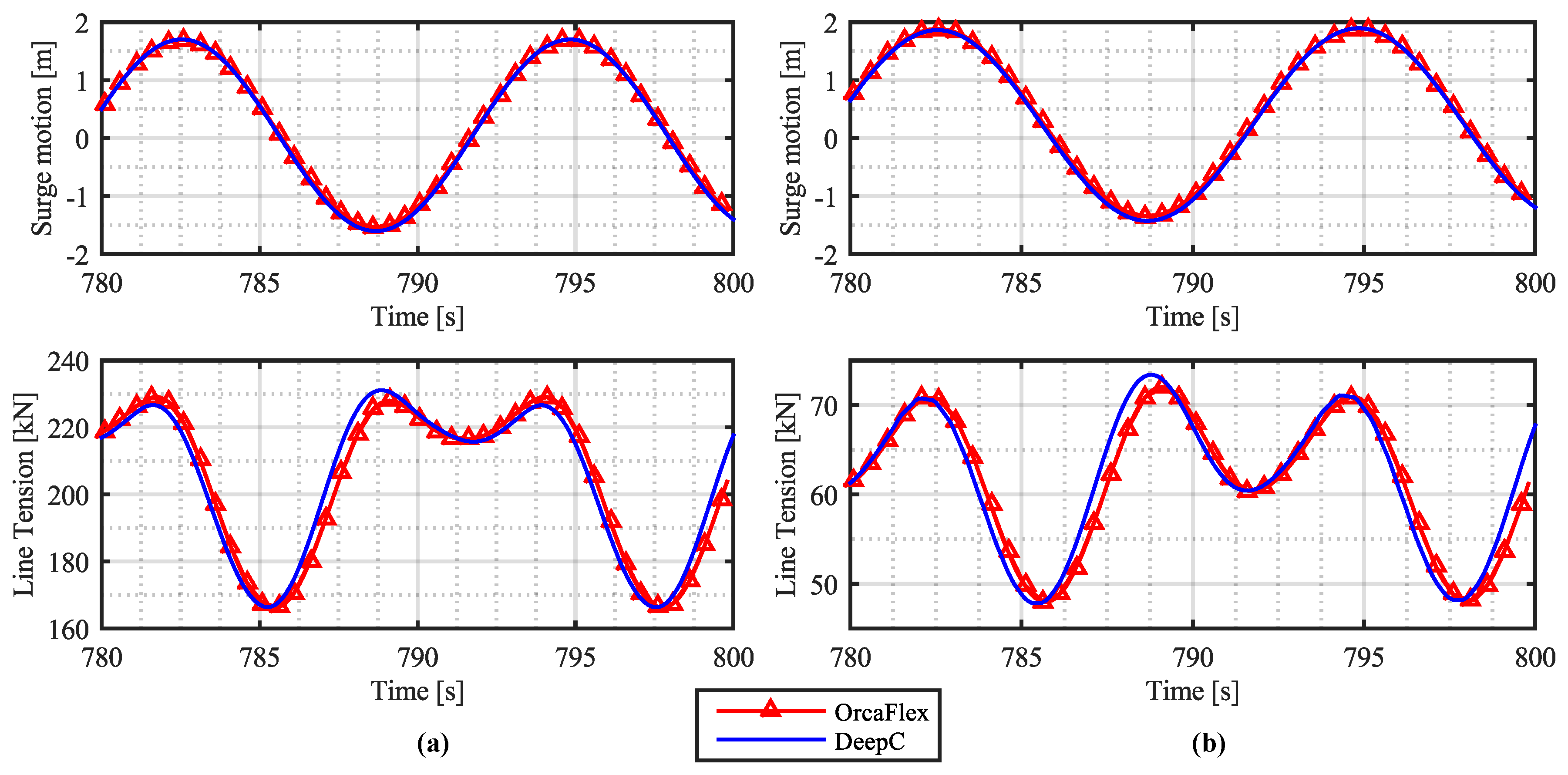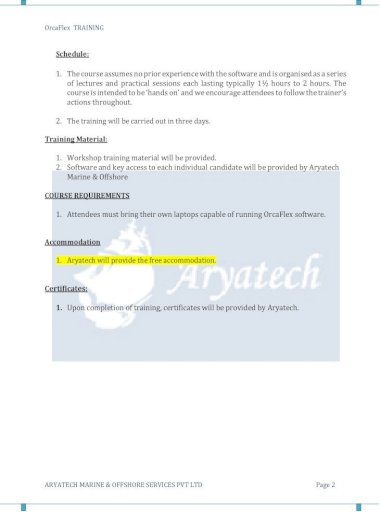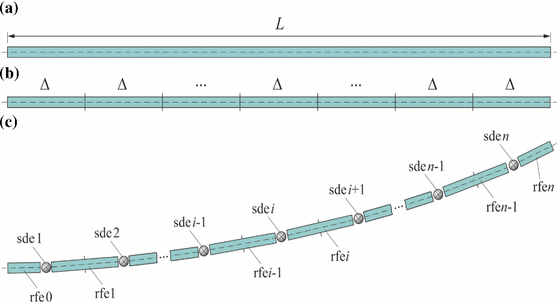

The Pre-bend page to see how this is done. Open the J-tube Line Data Form and look at The J-tube itself is modelled as a line with pre bend. Split into two shapes then the contact force is constant for both shapes, as they have a wall each. Shape keeps switching directions as the line nodes bounce between the side walls. OrcaFlex can have problems when trying to find a static solution because the contact force for the The preferred way to model a tight chute if the chute is modelled with just one shape then

Parts, a left hand and a right hand section. Notice that the chute has been split into two The chute is also modelled using Elastic Solid Shielding’ in the model), which will modify theįluid motion within the shape’s boundary to remove Type shape to the vessel (named ‘Moonpool This is modelled by adding a Trapped Water Shielded from the environmental loads in this The riser passes through a moonpool and will be Make it visible (or use the shortcut Ctrl+ H). This object, right-mouse click and select ‘show’ to Surface this is named ‘Deck’ and is currently An Elastic Solid Shape is used to model the deck This means that you may have to start with an overly longįrictionless deck shape to accommodate this.
ORCAFLEX ELASTIC SOLID MODEL FULL
At present, it is not possible to add extra line lengthĭuring a simulation, therefore the full length of line that you want to include in your analysis The end of the line isĬonnected to a winch object called Payout’.

View of the vessel and the top end of the riser passing over a chute. Select the Workspace ‘D04 J-Tube Pull In vessel.wrk ’ from the Menu bar. The bottom right hand view shows the line sliding along the deck surface.Įnsure that ‘View by Groups’ is selected (right-mouse click in the Model Browser to find this Notice that the riser and J-tube highlight white whenĬontact occurs. Pull head being pulled up into the J-tube. Replay the simulation and you will see the riser and Of the J-tube and vessel/chute arrangement. When you open the simulation file the default workspace is opened up which shows several views This model also capturesįlexing of the J-tube in response to the pull-in loads and the forces placed on the clamps holding it Jamming of the pull-head in the J-tube and pull in loads on the winch. The areas of interest in this type of analysis would most likely be the seabed clearance, possible Note that objects haveīeen modelled ‘not to scale’, for clarity. Winch objects are used to control both the pay-out and the pay-in of the riser,Īnd friction is included in the contact between the riser and the J-tube wall. Itĭemonstrates the Line Contact model and introduces some tips for controlling the line position in Riser) out from a vessel over a chute whilst simultaneously pulling in the other end up a J-tube.
ORCAFLEX ELASTIC SOLID MODEL HOW TO
This example shows how to model a typical J-tube pull-in operation. Riser Installation: D04 J-Tube Pull In of 4


 0 kommentar(er)
0 kommentar(er)
